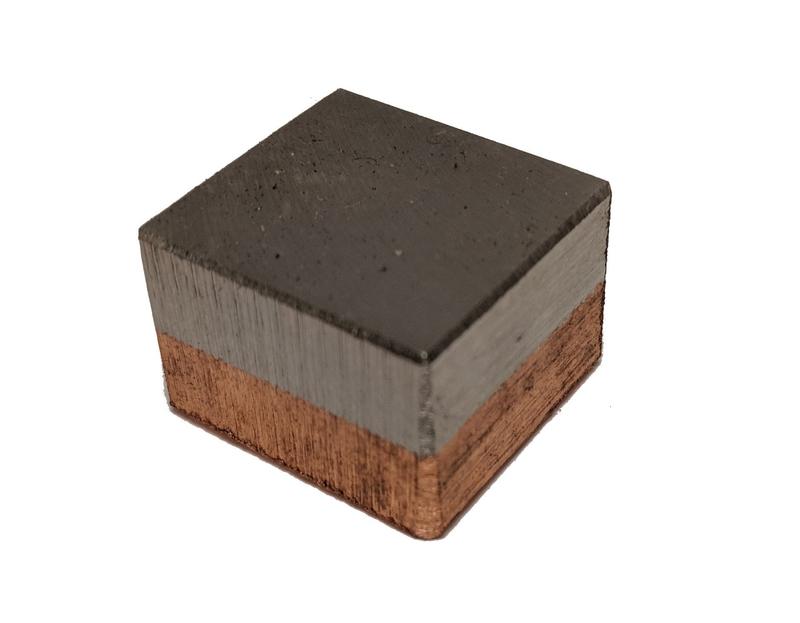
Explosive Cladding - Dissimilar metals are joined by an explosion
92,00 kr
Dissimilar metal sheets are stacked and an explosive charge is detonated above the top sheet. The explosion causes the sheets to collide at a very high speed, resulting in a high impact pressure at the contacting surface. This pressure causes the metals to form a very strong inter-atomic bond. The process can be used to join most metals and is often used to clad steel with a corrosion-resistant or thermally conductive layer of stainless steel, aluminium, copper, tantalum, nickel, titanium, or zirconium. The explosion does not heat the metals, so there is no heat-affected zone or significant change in metallurgy.
Applications for explosive cladding:
Clad metals are used to fabricate corrosion-resistant industrial equipment such as pressure vessels used in the chemical industry. Strips of clad metal are used as bridge materials (transition joints) for welding aluminium to steel in transportation, shipbuilding, and offshore industries.
Idea:
Use it for kitchenware that combines high thermal conductivity and good corrosion resistance.
The sample:
The sample is steel and copper and measures approximately 20 mm x 20 mm x 10 mm. Notice the characteristic wave pattern at the interface between the two metals.
All samples come with a laminated information card, which includes contact details for the supplier.
QUESTIONS & ANSWERS
Have a Question?
Be the first to ask a question about this.
